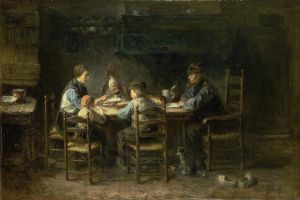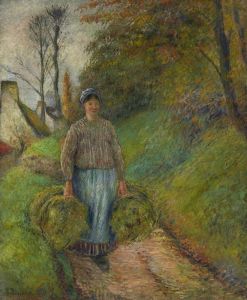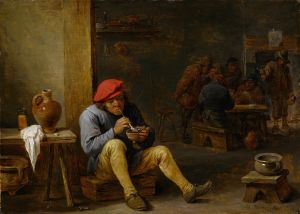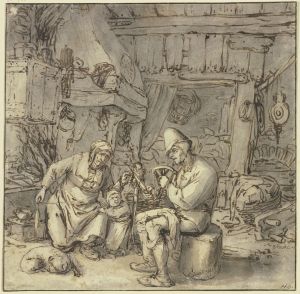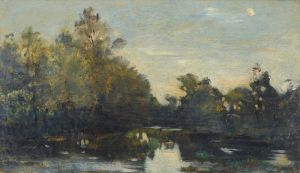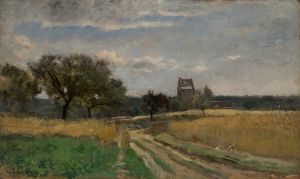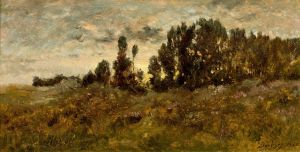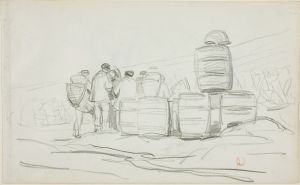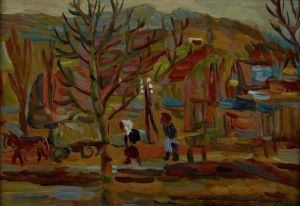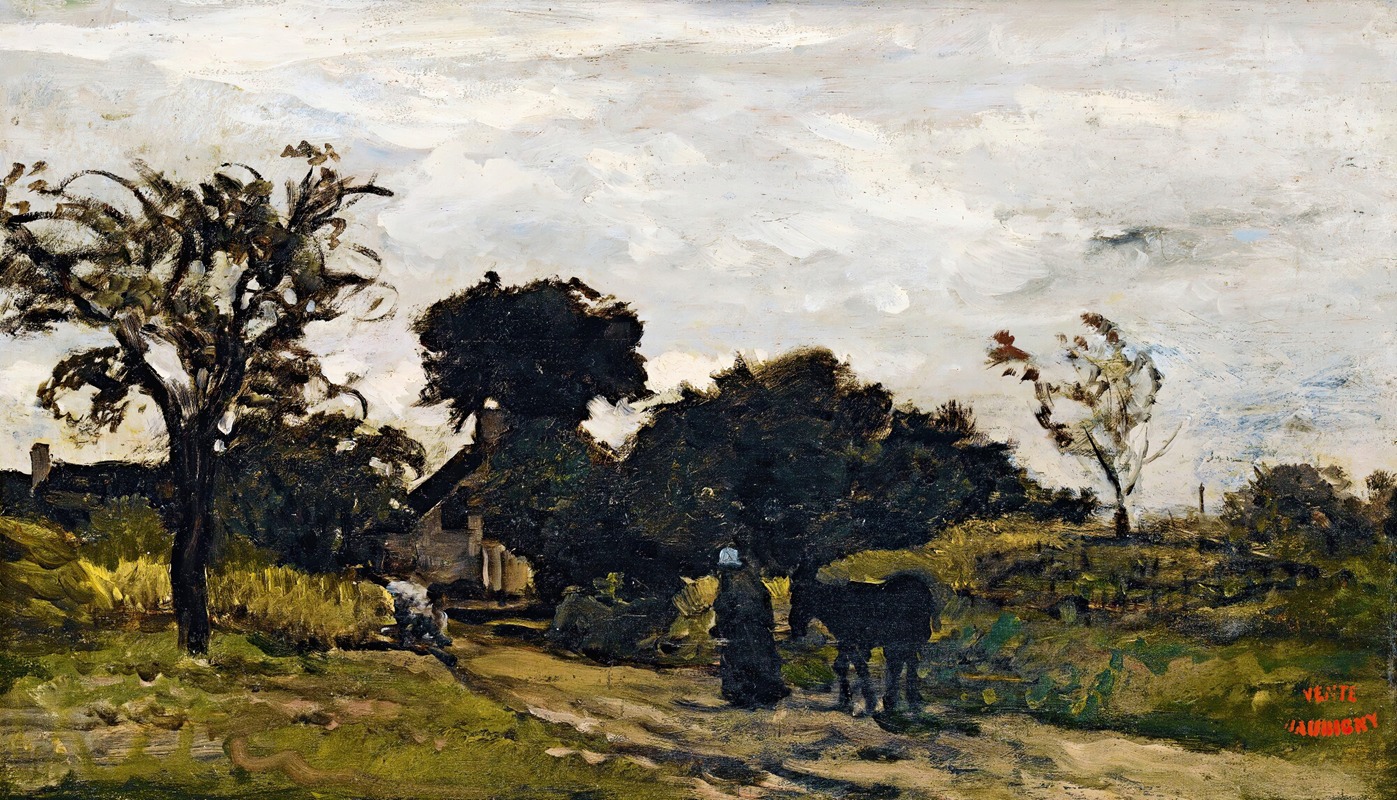
Peasant Woman On A Path
A hand-painted replica of Charles François Daubigny’s masterpiece Peasant Woman On A Path, meticulously crafted by professional artists to capture the true essence of the original. Each piece is created with museum-quality canvas and rare mineral pigments, carefully painted by experienced artists with delicate brushstrokes and rich, layered colors to perfectly recreate the texture of the original artwork. Unlike machine-printed reproductions, this hand-painted version brings the painting to life, infused with the artist’s emotions and skill in every stroke. Whether for personal collection or home decoration, it instantly elevates the artistic atmosphere of any space.
Charles François Daubigny, a prominent French landscape painter of the 19th century, is known for his contributions to the Barbizon School and his influence on the development of Impressionism. One of his works, Peasant Woman on a Path, exemplifies his dedication to capturing the natural beauty of rural life and the everyday activities of people in the countryside.
This painting depicts a solitary peasant woman walking along a path, surrounded by a serene and naturalistic landscape. Daubigny’s characteristic use of soft, muted tones and his attention to the effects of light and atmosphere are evident in this piece. The composition reflects his preference for depicting ordinary scenes of rural life, a hallmark of the Barbizon School, which sought to move away from the idealized landscapes of earlier academic traditions.
Daubigny often painted en plein air, or outdoors, to directly observe and capture the nuances of nature. This approach allowed him to create works that conveyed a sense of immediacy and authenticity. Peasant Woman on a Path is likely one such example, as it demonstrates his ability to blend figures harmoniously into the surrounding environment. The woman in the painting is not idealized but presented as an integral part of the rural landscape, emphasizing the connection between humans and nature.
While the exact date of the painting is not definitively documented, it is consistent with Daubigny’s mature style, which developed during the 1850s and 1860s. During this period, he frequently explored themes of rural labor and the quiet beauty of the French countryside. His works often served as a precursor to the Impressionist movement, influencing artists such as Claude Monet, who admired Daubigny’s innovative techniques and his focus on natural light.
Daubigny’s contributions to art extended beyond his paintings. He was also an accomplished printmaker and played a significant role in advancing the practice of landscape painting in France. His works, including Peasant Woman on a Path, continue to be celebrated for their poetic simplicity and their ability to evoke the tranquility of rural life.
Today, Peasant Woman on a Path is recognized as an example of Daubigny’s skill in portraying the harmony between humanity and nature. It reflects his commitment to depicting the world as he saw it, with honesty and sensitivity. The painting is housed in a collection that underscores his legacy as one of the leading figures of 19th-century French art.





